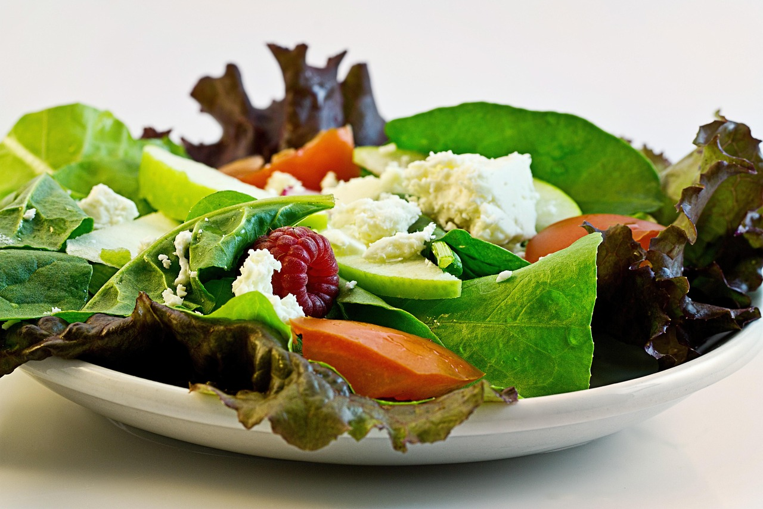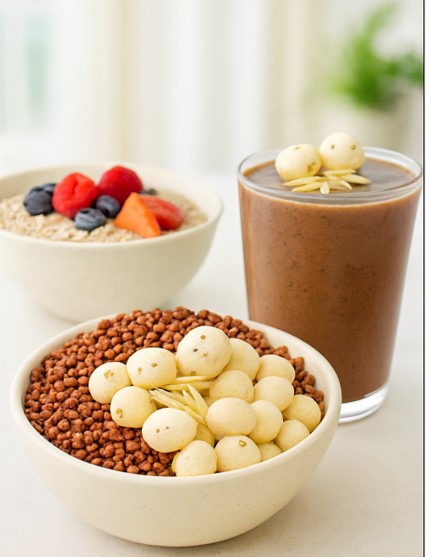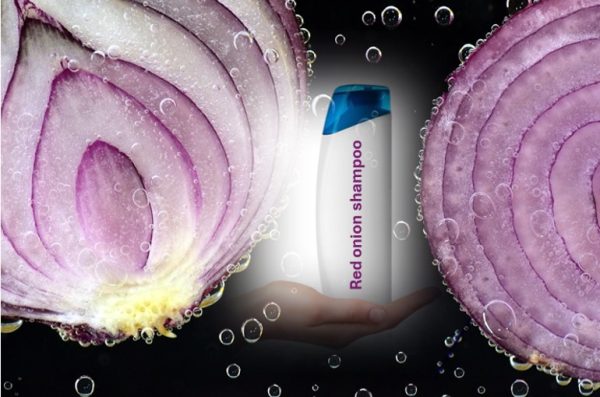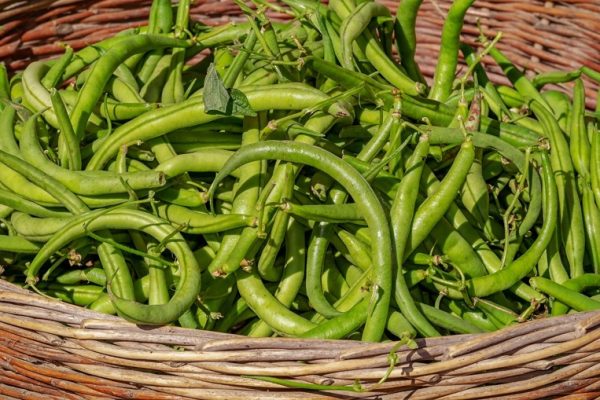Chemical-free and natural farming is an ecological approach to agriculture that focuses on working with nature rather than against it. Instead of relying on synthetic fertilizers, pesticides, or genetically modified seeds, natural farming nurtures soil health through compost, cow dung, green manure, and crop rotation. It encourages biodiversity by integrating trees, animals, and multiple crops in the same space, creating a self-sustaining ecosystem where pests are managed naturally and soil fertility improves over time. This method not only produces nutrient-rich food but also protects water sources, pollinators, and the overall environment. Chemical-free farming is rooted in the belief that healthy soil leads to healthy plants, animals, and people—making it both a sustainable and ethical alternative to industrial agriculture.
Isha Singal worked as a Senior Program Manager at Amazon and was involved in tech deployment work. She began worrying about the food her children and family were eating — especially packaged/ready meals wrapped in plastic and laden with chemical residues.
That concern prompted her to buy a farm outside Bengaluru (about 3.5 acres, 65 km from the city) in 2024 to try growing food with fewer or no chemicals.
How did Isha achieve chemical-free and natural-farming lifestyle?
Learning about natural farming & permaculture
- She was introduced to a natural farming/permaculture approach (via Binay Kumar of The Art of Living Foundation, Bengaluru) and attended a workshop.
- Permaculture explicitly changes the way you view land—with zones, ecosystem design, and minimal reliance on synthetic inputs.
Designing the farm as an ecosystem rather than a mono-crop chemical farm-
- The barren land was initially devoid of ecosystem. She and her team designed it into multiple zones (fruit trees, vegetables, grains, etc.).
- They planted ~600 trees of mango, coconut, guava, bananas, oranges, lychee, rambutan, dragon fruit, and more (in total ~70 varieties).
- Under-planting between the trees: vegetables and spices like ridge guard, lady finger (okra), chilly, tomato, turmeric.
Using non-chemical fertilizers / inputs, relying on nature’s balance-
- Instead of synthetic fertilizers / pesticides, she used green manure (“Navdhanya” or nine types of seeds), cow dung manure, and other natural soil-building methods.
- Over time, the ecological balance developed: birds came, snakes came (helping with pests/rodents), pests were fewer — Isha says “you don’t need chemicals to maintain a thriving ecosystem built from nothing.” (Krishi Jagaran)
Shifting mindset around food consumption-
- Beyond the farm, her family became more conscious about which produce to buy and which to avoid (e.g., certain leafy greens, grapes which are heavily sprayed).
- Her children are involved in harvesting and connecting with nature on the farm.
Chemical-free living -at least as a goal, is more than just swapping products — it often involves systems thinking (soil health, diversification, ecosystem support) rather than simply “don’t use the pesticide so and so.”
Transitioning from a conventional career lifestyle to a chemical-free farm required Isha to learn new farming knowledge, change mindset, and design intentionally. The emphasis is on building resilience and balance in the ecosystem (rather than fighting pests with more chemicals). Her efforts also involved clear understanding of the origins of produce, inputs used, packaging etc.
It is incremental — Isha’s story still shows she buys some external produce, but overall shifting strongly toward safer, more natural sources.
Reference:
- https://krishijagran.com/success-story/from-coding-to-growing-food-a-mothers-journey-to-chemical-free-living/
- https://toxinfreeish.com
- https://www.greenlivingnow.com/the-conscious-womans-guide-5-steps-to-a-toxin-free-home-lifestyle
- Image credit: Image by Couleur from Pixabay (Free to use under Pixabay content license)















